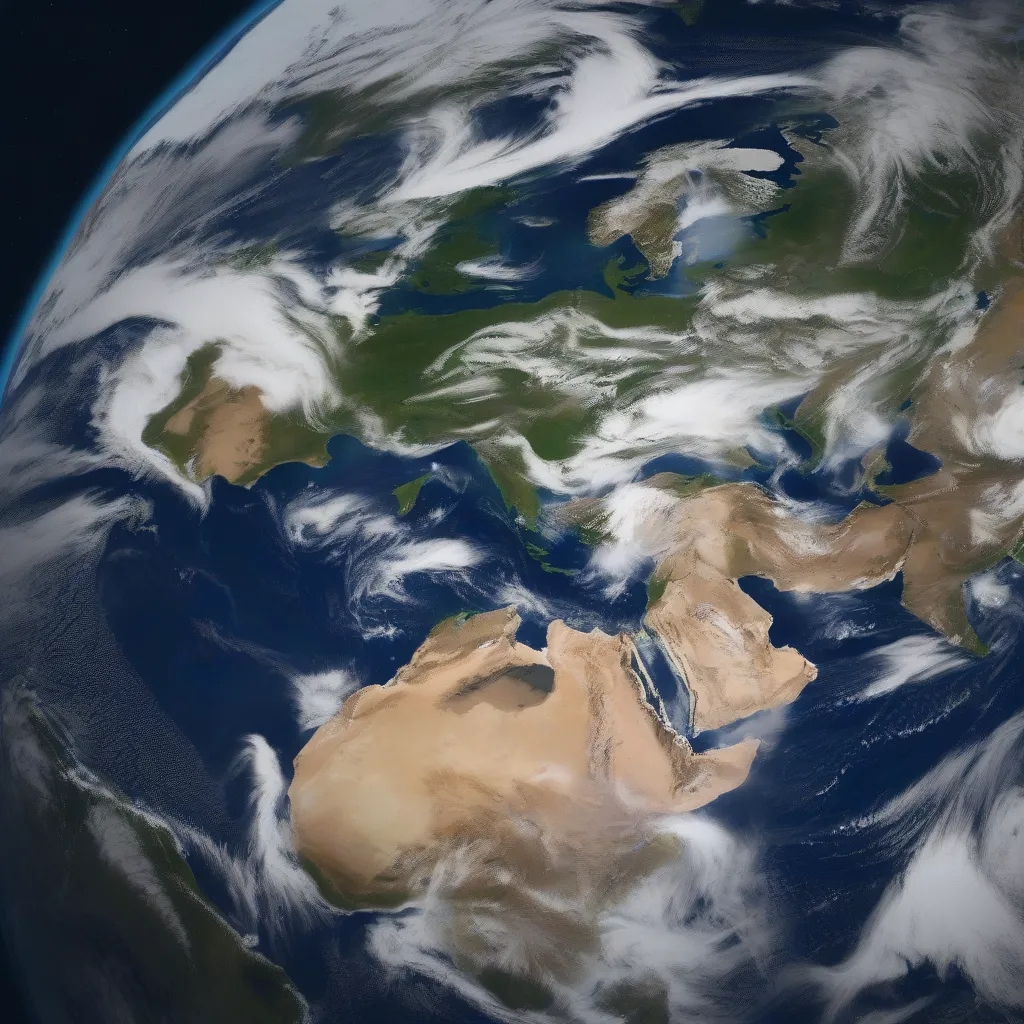Have you ever gazed up at the night sky, mesmerized by the twinkling stars, and wondered just how far away they truly are? We often hear about light-years in astronomy, but have you ever stopped to think about how long it would actually take to traverse that unimaginable distance?
Imagine embarking on a cosmic road trip, leaving the familiar sights of Times Square in New York City far behind, to reach a destination one light-year away. Buckle up, because this is no ordinary journey!
Understanding the Vastness of a Light-Year
Before we embark on our hypothetical voyage, let’s unpack what a light-year actually represents. Contrary to what the name might suggest, a light-year isn’t a measure of time, but rather a measure of the staggering distance that light travels in one Earth year. Light zips through the cosmos at a mind-boggling speed of approximately 299,792 kilometers per second (about 186,282 miles per second). To put that into perspective, light could circle the Earth over seven times in a single second!
Given this incredible speed, a light-year stretches an astounding 9.46 trillion kilometers (5.88 trillion miles). That’s a nine with 12 zeros after it!
The Time Factor: A Cosmic Reality Check
Now, let’s address the burning question: how long would it take to travel one light-year? The answer, even with the most advanced technology currently available, is incredibly sobering.
Let’s consider the Voyager 1 spacecraft, humanity’s farthest-flung emissary, which has been hurtling through space for over four decades. Traveling at a remarkable speed of about 62,140 kilometers per hour (38,610 miles per hour), it would still take Voyager 1 approximately 17,500 years to cover the distance of a single light-year.
To put that into a historical context, that’s longer than the time humans have been cultivating crops and building civilizations! It’s a timescale that makes even the most seasoned traveler contemplate the vastness of the cosmos.
A Table of Estimated Travel Times:
| Spacecraft/Object | Speed (km/h) | Estimated Time to Travel 1 Light-Year |
|---|---|---|
| Voyager 1 | 62,140 | 17,500 years |
| Space Shuttle (max. speed) | 28,000 | 37,000 years |
| Car at Highway Speed | 120 | 788 million years |
The Future of Interstellar Travel: Dreams and Challenges
While the idea of traveling one light-year may seem like the realm of science fiction, it hasn’t stopped scientists and dreamers from envisioning possibilities. Concepts like wormholes, warp drives, and generation ships, while still theoretical, offer tantalizing glimpses into how we might one day conquer the vast distances between the stars.
However, the challenges are immense. Aside from the technological hurdles, interstellar travel would require overcoming the limitations of human lifespan, the immense energy requirements, and the potential psychological effects of prolonged space travel.
FAQs About Traveling One Light-Year
How fast would we need to travel to reach a star one light-year away in a human lifetime?
To reach a star one light-year away within a human lifetime (let’s say 70 years), we would need to travel at a speed close to the speed of light, which is currently considered physically impossible.
Are there any stars within one light-year of Earth?
The closest star system to our Sun is Alpha Centauri, which is a bit further out at approximately 4.37 light-years away.
Is time travel related to traveling at the speed of light?
Einstein’s theory of relativity suggests that time is relative and is affected by speed and gravity. While traveling at the speed of light could theoretically result in time dilation, it doesn’t equate to conventional time travel as often depicted in science fiction.
Travelcar.edu.vn: Your Guide to Earthly Adventures
While interstellar travel remains a distant dream, our planet offers countless captivating destinations to explore. From the bustling streets of Tokyo to the serene beaches of Bali, adventure awaits. Visit TRAVELCAR.edu.vn for travel inspiration, tips, and resources to plan your next unforgettable journey!
 Earth from Space
Earth from Space
Feng Shui and Travel: Finding Balance in Exploration
In the realm of Feng Shui, travel is seen as a way to enhance personal growth, expand horizons, and restore balance. Just as a flowing river brings life and energy to a landscape, travel can invigorate the spirit and bring new opportunities.
Before embarking on a trip, consider these Feng Shui tips:
- Pack mindfully: Choose luggage in colors that represent the energy you wish to attract, such as red for adventure or blue for tranquility.
- Set intentions: Visualize the positive experiences you desire from your journey.
- Embrace new experiences: Be open to trying new foods, meeting new people, and immersing yourself in different cultures.
 Meditating on Mountain Top
Meditating on Mountain Top
Conclusion: A Journey of Wonder and Perspective
While the prospect of traveling one light-year might seem like an insurmountable feat for now, pondering the vastness of space offers a humbling perspective on our place in the cosmos. It reminds us of the wonders that lie beyond our planet and ignites our curiosity to explore, learn, and dream big.
What are your thoughts on the vastness of space and the possibilities of interstellar travel? Share your reflections in the comments below!
